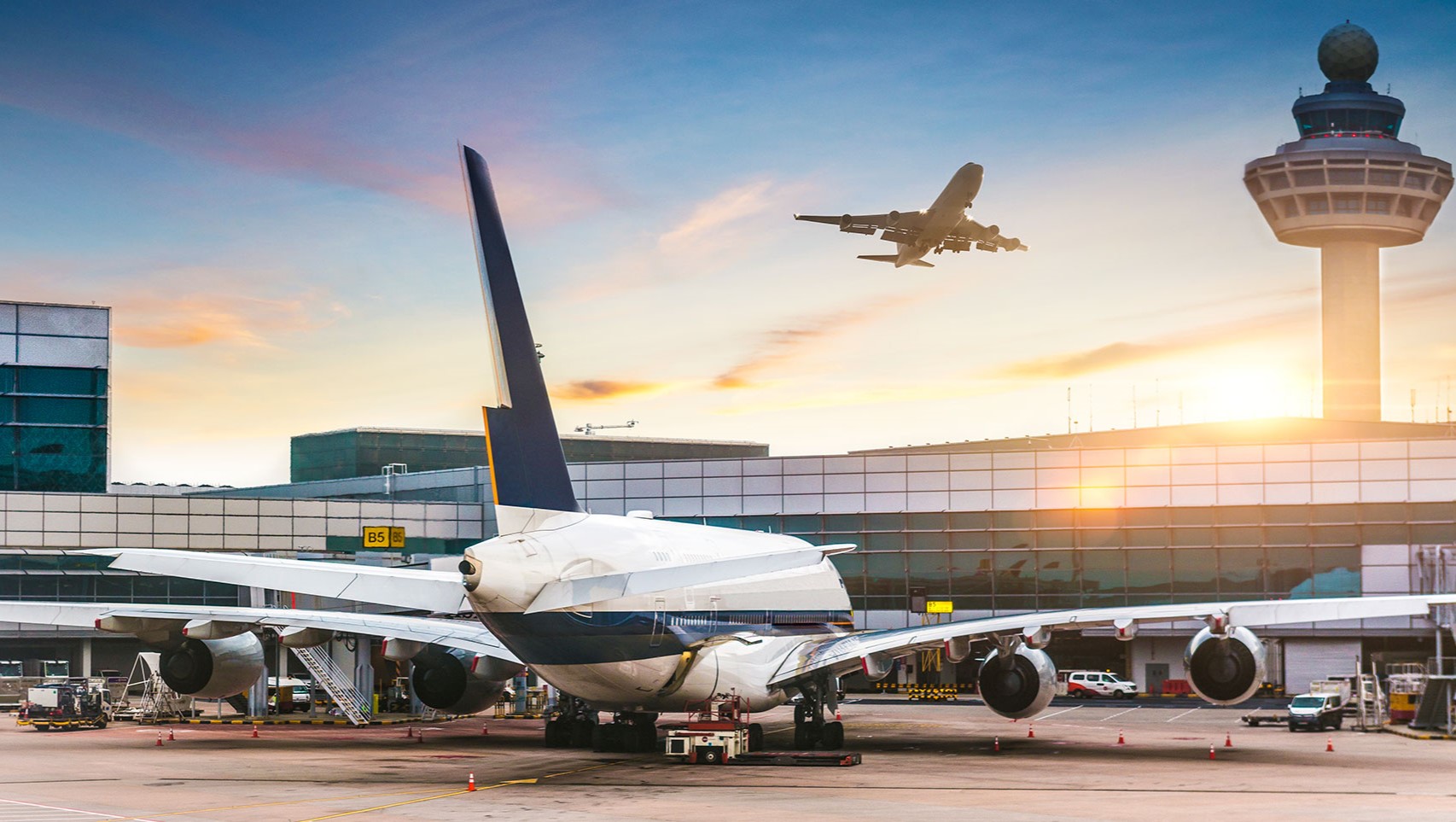
Air Navigation Service Providers (ANSPs) play a crucial role in ensuring safe and efficient air travel. But what exactly do they do? ANSPs manage air traffic, provide communication services, and ensure that aircraft navigate safely through controlled airspace. They work behind the scenes, coordinating with pilots and airports to prevent collisions and delays. Without them, the skies would be chaotic. Ever wondered how planes avoid each other in the vast sky? ANSPs use advanced technology and skilled personnel to monitor and direct air traffic. From takeoff to landing, they ensure every flight reaches its destination safely. Curious to learn more? Let's dive into 13 intriguing facts about these unsung heroes of aviation.
Key Takeaways:
- Air Navigation Service Providers (ANSPs) are the guardians of the skies, using advanced technology and quick response protocols to ensure safe and efficient air travel, even during emergencies.
- ANSPs not only keep the skies safe but also contribute to the economy by saving fuel, creating jobs, and improving airline efficiency, making air travel better for everyone.
What Are Air Navigation Service Providers?
Air Navigation Service Providers (ANSPs) play a crucial role in aviation. They ensure safe and efficient air travel by managing air traffic. Here are some fascinating facts about ANSPs.
-
Safety First: ANSPs prioritize safety above all else. They monitor and guide aircraft to prevent collisions and ensure smooth operations.
-
Global Network: There are over 160 ANSPs worldwide, each responsible for specific airspace regions. This network ensures global air traffic management.
-
Advanced Technology: ANSPs use cutting-edge technology like radar, satellite systems, and automated tools to track and manage flights.
How Do ANSPs Operate?
Understanding the operations of ANSPs can shed light on their importance. They work behind the scenes to keep the skies safe and efficient.
-
Air Traffic Control (ATC): ATC is a core function of ANSPs. Controllers communicate with pilots to provide instructions and ensure safe distances between aircraft.
-
Flight Planning: ANSPs assist in flight planning by providing pilots with necessary information about weather, airspace restrictions, and optimal routes.
-
Navigation Aids: They maintain and operate navigation aids like beacons and GPS systems, which help pilots determine their position and navigate safely.
The Role of ANSPs in Emergencies
ANSPs are critical during emergencies. Their quick response and coordination can save lives and prevent disasters.
-
Emergency Response: ANSPs have protocols for handling emergencies such as engine failures, medical issues, or hijackings. They coordinate with rescue services and provide guidance to pilots.
-
Weather Monitoring: They continuously monitor weather conditions and provide real-time updates to pilots, helping them avoid dangerous weather patterns.
-
Search and Rescue: In case of an aircraft going missing, ANSPs play a key role in search and rescue operations by providing last known positions and coordinating efforts.
Economic Impact of ANSPs
ANSPs not only ensure safety but also contribute significantly to the economy. Their efficient operations help airlines save time and fuel.
-
Fuel Efficiency: By optimizing flight routes and reducing delays, ANSPs help airlines save fuel, which reduces costs and environmental impact.
-
Job Creation: ANSPs employ thousands of people, including air traffic controllers, engineers, and administrative staff, contributing to job creation and economic growth.
-
Airline Efficiency: Efficient air traffic management reduces delays and cancellations, improving airline schedules and passenger satisfaction.
Future of Air Navigation Service Providers
The future of ANSPs looks promising with advancements in technology and increasing air traffic. They are evolving to meet new challenges and demands.
- NextGen Systems: Future ANSPs will rely more on NextGen systems, which use satellite-based navigation and surveillance to improve efficiency and safety.
Air Navigation Service Providers are the unsung heroes of aviation, ensuring that every flight is safe, efficient, and on time. Their work behind the scenes keeps the skies friendly for all travelers.
Final Thoughts on Air Navigation Service Providers
Air Navigation Service Providers (ANSPs) play a crucial role in ensuring safe and efficient air travel. They manage air traffic, provide essential communication, and offer navigation services that keep flights on track. Without ANSPs, the skies would be chaotic, and air travel would be far less reliable.
These organizations use advanced technology and skilled professionals to monitor and guide aircraft. They work behind the scenes, making sure pilots have the information they need to fly safely. From weather updates to flight path adjustments, ANSPs handle it all.
Understanding the importance of ANSPs helps us appreciate the complexity of air travel. Next time you board a plane, remember the dedicated teams working tirelessly to ensure your journey is smooth and safe. Their efforts make global connectivity possible, linking people and places across the world.
Frequently Asked Questions
Was this page helpful?
Our commitment to delivering trustworthy and engaging content is at the heart of what we do. Each fact on our site is contributed by real users like you, bringing a wealth of diverse insights and information. To ensure the highest standards of accuracy and reliability, our dedicated editors meticulously review each submission. This process guarantees that the facts we share are not only fascinating but also credible. Trust in our commitment to quality and authenticity as you explore and learn with us.


